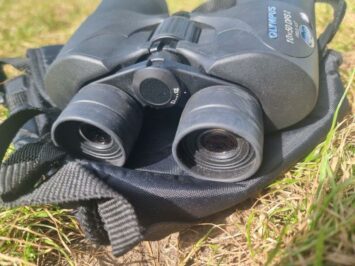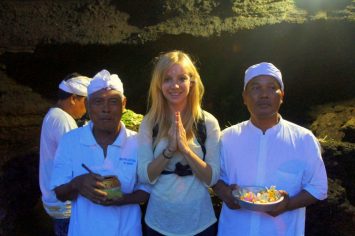In Pakistan, spirituality and expressions of faith are on full public display; from the impassioned devotional displays in places like Lahore and Sehwan to the arresting azan (call to prayer) that floods the atmosphere five times each day.
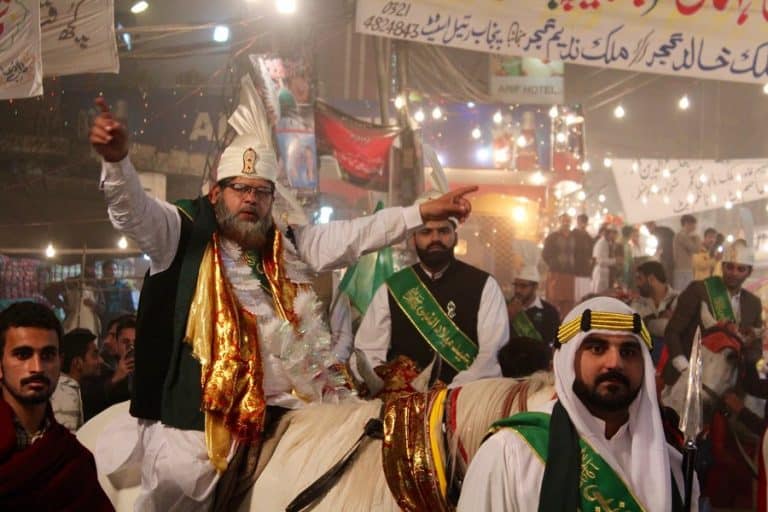
Over the years that I’ve been living in and travelling around and researching my book about Pakistan I have attended a myriad of festivals, processions, dances, memorials and more. Some of these have been subtle and allegorical, leaving me with a sense of wonder and in a dream-like state, while others have been overt, intense and even bloody, testing my nerves and my stomach.
This list is not a voyeuristic “must-see” itinerary of places to visit – it’s a reflection of some of the most memorable scenes I have witnessed over my years in Pakistan. I can’t emphasise enough how important it is that culture is respected and not fetishised – spirituality comes from within, and Pakistan (and Asia in general) is not a supermarket for spiritual mementos.
At these places, more than ever, it’s essential to be a responsible traveller; while these scenes have been incredible to observe, they are not simply tourist attractions. The participants take these events extremely seriously, and while anyone is allowed to come and watch (and, in some cases, join in), visitors are urged to remember that they are attending someone else’s deeply meaningful ceremony, not collecting memories for their own holiday stories.
Moreover, many of these ceremonies involve theology and practices which visitors might disagree with, or find confronting. Remember that you are an outsider – behave respectfully, be prepared, and if you can’t respect (or at least accept) it, then don’t attend.
Here, in no particular order, are some of the most incredible spiritual experiences and religious rituals I’ve witnessed while in Pakistan.
Quick Navigation
Toggle1. The urs of Madhu Lal Hussain
Madhu Lal Hussain was a 16th Century Sufi saint and mystic. Since his burial in an outer district of Lahore, the anniversary of his death has attracted hundreds of thousands of devotees. Currently occurring in late March (the date moves forward in the western calendar by 10 days each year), the urs as it is known forces the closure of local roads.
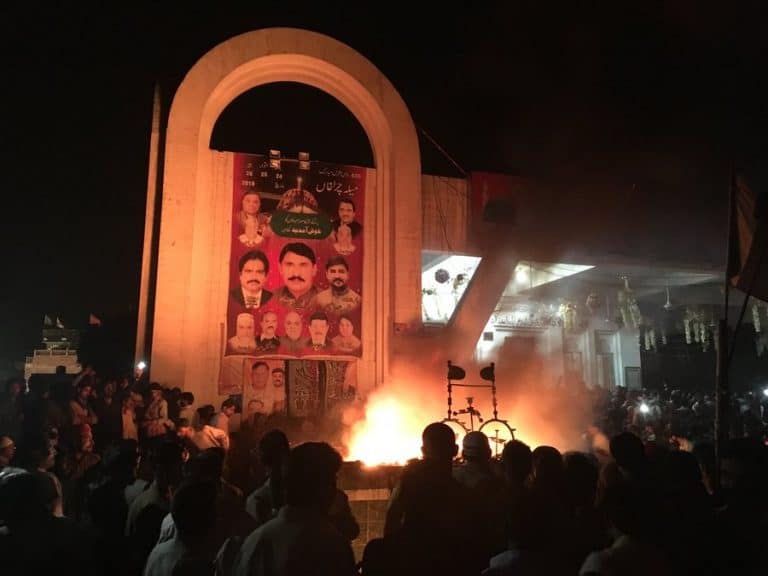
The festival is a sight to behold; hundreds of pilgrims sleeping in the glow of the shrine, gaggles of malangs (ascetics) spinning to the beat of drums, and a giant cauldron into which ceremonial oil is thrown.
2. Thursday night at the Shrine of Lal Shahbaz Qalander, Sehwan Sharif
The drum beat at the urs of Madhu Lal Hussain is just a warm up for the dhammal which takes place at the Shrine of Lal Shahbaz Qalandar every Thursday night.

Considered to be a holy night by many, devotees of this 13th Century saint converge on the tiny desert town for a ritual dance. As the drum gets louder and faster, the crowd becomes ever more intoxicated by its beat (or some other substance). Deep in a spiritual haze, dreadlocked men spin on the spot, reaching some kind of higher state, while women flail themselves, their wild locks flung from side to side.
3. Qawwali in a television studio in Lahore
You don’t have to go to the middle of a desert to have a spiritual experience. I’ve been lucky enough to be in a television studio in Lahore during Ramadan just after the breaking of the fast.
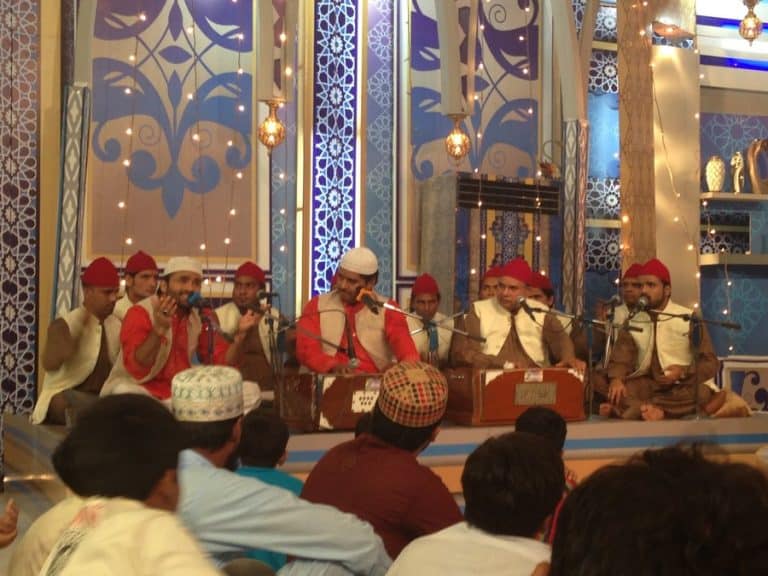
Pakistani classical music meets religion in the form of Qawwali, an energetic, spiritual musical tradition which sees qawwals achieving an almost trance-like state as they bellow out invocations. The audience was enraptured, and for a moment we all forgot about the cameras, lights and studio set and we were among the stars.
4. The mourning of Muharram in the Walled City of Lahore
The tenth day of the Islamic month of Muharram is the date on which Hussain, the grandson of the prophet Muhammad (pbuh) was killed along with many of his family and followers in Karbala, Iraq.
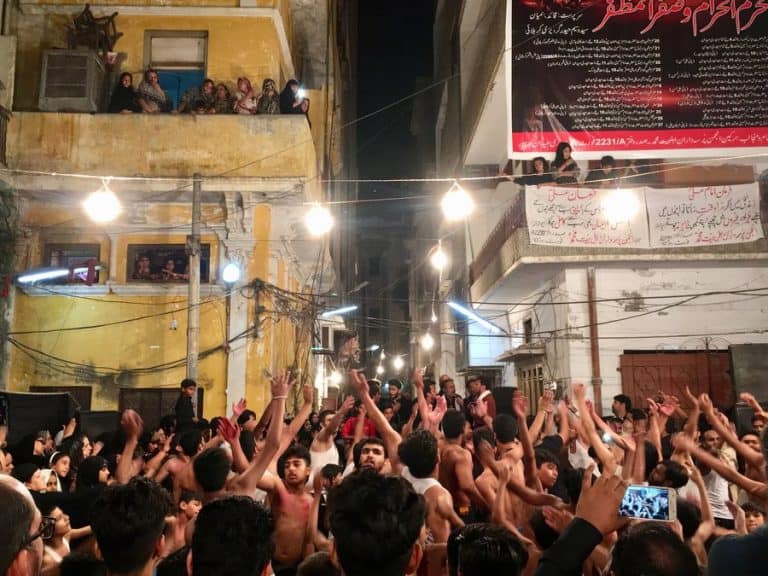
That happened almost 1400 years ago, and the Walled City of Lahore fills with mourners on ‘Ashura’ each year on that date. Dressed in black, the devotees recite poetry and hymns which recall the tragedy, distribute free food and water, beat their chests in grief and some even self-flagellate. It’s dramatic, polarising, and not for the faint of heart.
5. Eid al-Adha in a village on the Potohar Plateau
Bloodier still is Eid al-Adha, also known in Pakistan as Eid-e-Qurban. This time the blood is from animals which are sacrificed for the sake of God; Eid-e-Qurban marks the prophet Ibrahim’s devotion to his faith.

Thousands of goats, cows and camels are slaughtered, often publicly (on streets), and the meat distributed among family, neighbours and the poor. Mutton biryani is the order of the day, but this is one festival to avoid if you have a vegetarian bent.
6. Poetry recited by local devotees in the Shrine of Shah Abdul Latif Bhittai, Bhit Shah
The sound of the sitars echo through the tiles walls of the this shrine, built around the tomb of the 18th century poet who is considered one of the Sindhi language’s greatest.
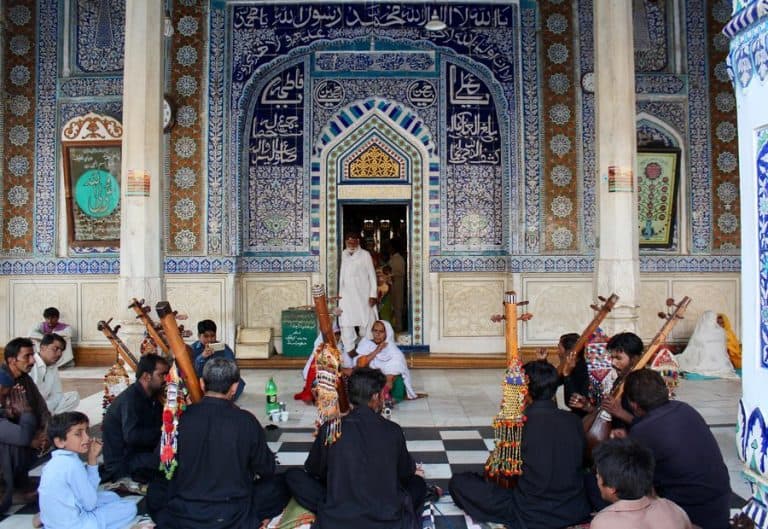
His poetry has a spiritual slant to it, meaning that for many to recite is not simply to listen, but to transcend. At the front of the tomb, like a group of receptive students before their master, a semi-circle of reciters sit every afternoon to sing out their inspiration’s words.
7. Poetry recited by moonlight in the Kumrat Valley
In Pakistan, spiritual poetry isn’t just confined to tombs in the desert. When I recently travelled with Aventru Treks and Travels to the Kumrat Valley in northern Khyber-Pukhtoonkhwa province, one of the group leaders was a fan of Sufi poetry.

This mystical interpretation of Islam draws in many devotees in the subcontinent, and as we sat there under the stars in the mountains, a bonfire before us and cups of chai in our hands, we were taken on a journey through the universe through the words of Rumi and Bulleh Shah.
8. The birthday of Ali ibn-Talib in the Walled City of Lahore
From solemn recitation of verses to a qawwali night that resembles a rock concert, the Walled City of Lahore puts on a serious celebration for the birthday of the son in law of the Prophet Muhammad (pbuh).
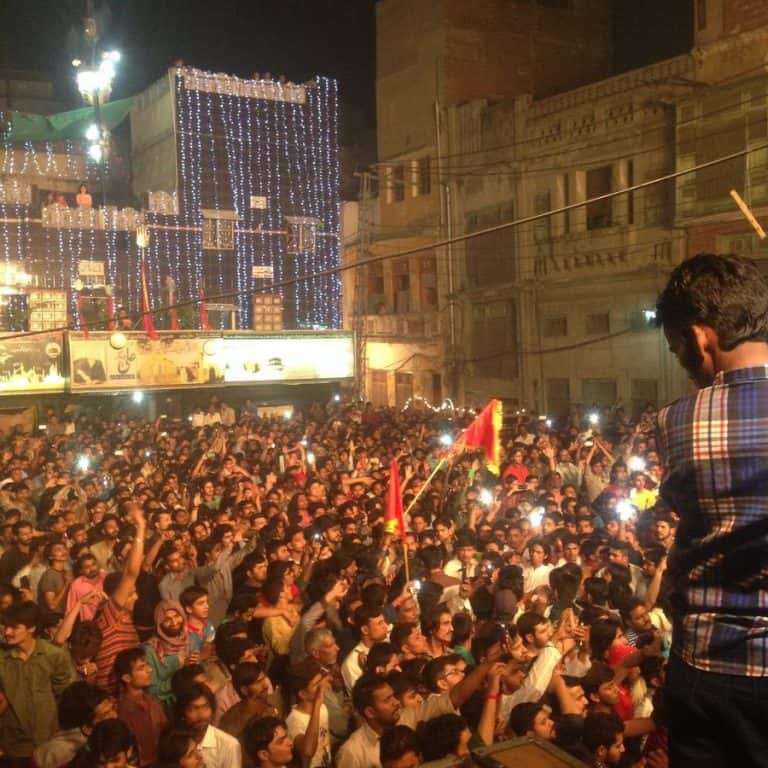
While some people attend religious lectures espousing Ali’s virtues, others attend special prayers in mosques across the city. Meanwhile near Taxali Gate, a central square is filled with the voices of some of Pakistan’s most famous qawwal troupes, the beats of their accordions and tablas – and no shortage of the fragrant stuff.
9. Urs of Data Ganj Bakhsh, Lahore
Staying in Lahore, the death anniversary of Sheikh Ali al-Hajveri takes place at the Data Darbar complex late in the year (although, like all Islamic dates, this event moves back every ten Gregorian calendar days each year). On the day of the “urs”, the streets of Lahore are streaming with pilgrims arriving from all over Pakistan; busloads of humanity compete for space on the highways with horses and carts filled with entire extended families, and they’re all gravitating towards one place.

One legend states that when a farming woman donated a jar of milk to the shrine her entire herd of cattle were blessed with an abundance of milk. As such many pilgrims bring vats of fresh milk from their farms to donate, and when they arrive it’s distributed amongst anyone who is ready to drink up.
10. Eid Milad-un-Nabi in the Walled City of Lahore
No celebration in Lahore really compares to Eid Milad-un-Nabi – the celebration of the birthday of the Prophet Muhammad (pbuh). Theological debates aside (and there are plenty of them), the city turns it on with street parades, free food donated to anyone and everyone, qawwali nights, flashing lights, street decorations and even dancing in the street to what could only be described as “Sufi fusion trance”.

It’s colourful, hyperactive and seriously crowded.
11. Sleeping under the stars in the desert near Jhang
My friend, who has a deep interest and passion for all things metaphysical, invited me to his farm in the desert near Jhang. After drinking sweet, fresh buffalo milk for dessert, we dragged our charpoys (day beds) out into the field and lay back and began to chat.
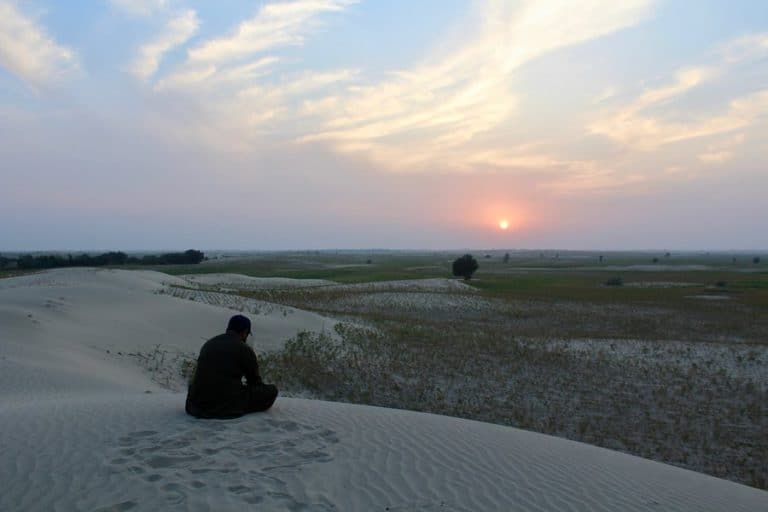
The stars above seemed bigger and closer than I ever remembered them being, and suddenly I remembered that one doesn’t need to be in a shrine, crowded procession or place of worship to experience the sublime…

